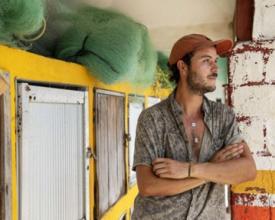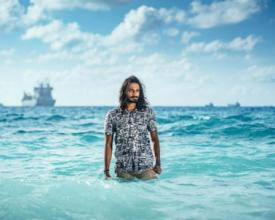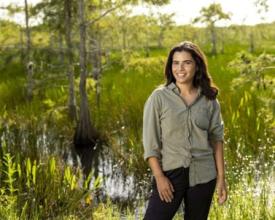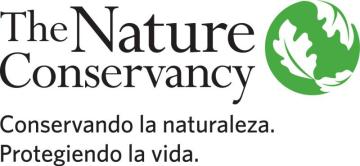
The Nature Conservancy & National Geographic Society Externship Program
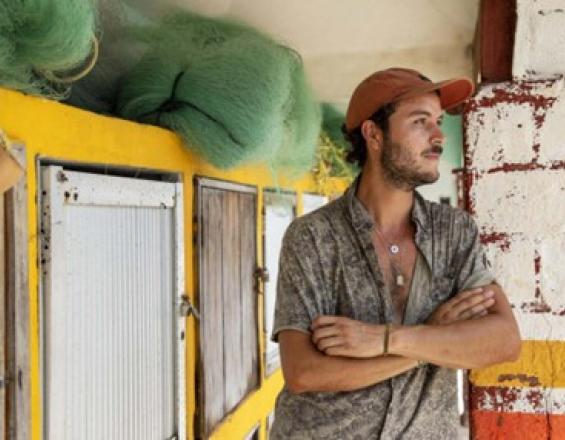
Together, the partners developed a program centered around a rigorous externship open to young adults ages 18-25 to equip them with the knowledge, tools, and relationships to seek solutions and take action in their communities around the globe. The program intentionally creates more opportunities for young people from all communities to prepare for careers in conservation and exploration. At the end of this eight-week experience, externs create an ArcGIS StoryMap presentation based on the local conservation issue they investigated. As the externship concludes, participants can apply for seed funding to begin enacting the solutions they identified in their communities. The program has addressed the challenge of inadequate leadership opportunities for global youth, by providing young adults from ages 18-25 with the opportunity to tackle global conservation issues, while gaining conservation skills.
Context
Challenges addressed
Today’s youth are facing increasingly complex environmental challenges that threaten the wellbeing of global communities. Climate change, human impact, and political instability present barriers to advancing community-based conservation and also highlight a pressing need to equip young people with the skills to create solutions.
The National Geographic Society (the Society) and The Nature Conservancy (TNC) Externship Program was created to address this gap in career readiness. Designed for young adults ages 18–25, the program offers a remote, project-based learning experience where participants explore global conservation issues, build real-world career skills, and receive mentorship from experts. To further support their professional growth, the program includes a Seed Funding initiative. Alumni of the externship can apply for up to $2,000 USD in funding to design and implement their own conservation project, with ongoing guidance from Society and TNC professionals. This model empowers youth to transform knowledge into actio
Location
Process
Summary of the process
The joint partnership between the National Geographic Society and The Nature Conservancy has been instrumental in creating a successful remote externship experience. By combining the unique expertise and resources of both organizations, the collaboration has created a flexible, accessible program that reaches young people across the globe. The remote format of the program ensures that digital resources, mentorship, and expert-led content are available to externs regardless of their location, and allows both organizations to activate their existing global network of offices and Explorers. This partnership-driven model empowers participants to learn, connect, and lead in conservation, while adapting to their schedules, needs, and geographic locations.
Building Blocks
The joint partnership between The Nature Conservancy and National Geographic Society
The externship program is made possible by the joint collaboration between the National Geographic Society (the Society) and The Nature Conservancy (TNC), uniting the strengths of two globally respected organizations to support the next generation of conservation leaders. The Society brings deep expertise in storytelling, exploration, and education, while TNC contributes extensive field-based conservation knowledge and extensive reach as the largest global environmental nonprofit. Together, their partnership creates a meaningful opportunity for young adults to engage with real-world environmental challenges, develop professional skills, and access mentorship from conservation experts like National Geographic Explorers and TNC Scientists—advancing shared goals around youth empowerment, equity, and environmental stewardship.
Enabling factors
The externship program is driven by the strong collaboration between TNC and the Society, aligning shared missions around youth empowerment, conservation, and education. Key factors include structured mentorship, real-world project experience, and intentional inclusion of underrepresented voices. Each partner contributes unique expertise—TNC in conservation, the Society in storytelling, exploration and education, ensuring a rich, interdisciplinary experience that equips young adults with the skills, confidence, and networks needed to pursue careers in environmental leadership.
Lesson learned
One of the most valuable lessons learned in implementing the externship program has been the critical role of strong collaboration and consistent communication among partners. From the beginning, program leads from The Nature Conservancy and the National Geographic Society worked closely to align goals, share insights, and co-develop a strategy for program implementation and growth. This collaborative foundation has not only strengthened the program’s structure, but also opened doors to expand opportunities and adapt to evolving needs. The program’s growth from zero to 1,300 alumni has presented both challenges and milestones, highlighting the importance of program design and collaborative partnership models. As the program has evolved, both partners continue to refine and enhance the experience, demonstrating how shared commitment and strategic alignment can drive long-term success.
Resources
Creating a remote global externship experience
The remote format of the externship program is key to its global accessibility and flexibility. By offering a fully virtual experience, the program supports participants from across time zones and life circumstances, including students who are currently enrolled in school or balancing other responsibilities. All resources are digital and freely available, enabling externs to engage with the content and complete their work on a schedule that fits their lives over the eight-week program. This structure also fosters a strong sense of community as externs stay connected through platforms like Slack, where they exchange ideas, seek advice, and collaborate on projects in real time. The digital nature of the program has not only removed geographic barriers but also created a dynamic, supportive environment where young people from around the world can learn, grow, and lead together.
Enabling factors
One factor that contributes to the success of the externship program is obtaining continuous feedback from externs after each cohort. This feedback enables program leads to make timely adjustments and improvements, ensuring that the program consistently meets the needs of participants. Additionally, developing tailored resources for each cohort’s specific focus ensures that externs receive relevant materials. This combination allows the program to stay aligned with the evolving needs of participants, contributing to its ongoing success.
Lesson learned
A key lesson learned from the remote externship program is the importance of flexibility and feedback from both participants and program leads. While virtual spaces offer global reach, they also come with challenges such as technology issues and inconsistent internet access, especially those from less developed regions. By meeting externs where they are, whether they need more support or are confident in their project approach, the program remains inclusive and responsive. Continuous feedback has been vital in refining the program and ensuring that it remains relevant and accessible for all participants, fostering its growth over time.
Resources
Impacts
Since 2021 (and as of 7/2025), 1,300 individuals have participated in the externship program, representing 130+ countries. Externs who complete the 8-week externship program are eligible to apply for up to $2,000 in seed funding, intended to help externs take action in their communities. Currently, 179 extern alumni from 64 countries have received funding.
Beneficiaries
This rigorous externship intentionally creates more opportunities for global youth to build the knowledge and skills needed to lead in their communities as conservation stewards and to prepare for conservation and exploration careers.
Global Biodiversity Framework (GBF)
Sustainable Development Goals
Story
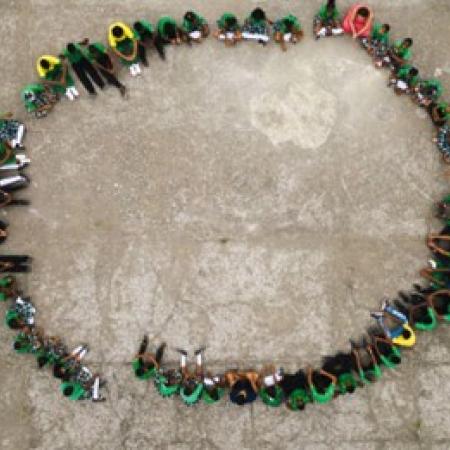
The following story was originally published on nature.org.
As a participant of the externship program, Tomás Pinzón studied the Chocó region in western Colombia, which has been categorized as one of the most rainy and biodiverse places in the entire world. The area is rich with untouched rainforests, tropical islands and mangroves, but today, excessive amounts of marine plastic threaten both natural habitats and wildlife.
Tomás studied these issues throughout the course of the program and, as part of his final project, presented solutions that included outreach and education. Then, in the summer of 2022, he received seed funding to bring his vision to life in the remote town of El Valle, which is located in the Chocó approximately 100 miles west of Medellin. With seed funding, Tomás developed El Festival del Mar, the Festival of the Ocean, a day of fun and learning about ocean issues for local 4th, 5th and 8th graders. Approximately 60 students took part in the curriculum and activities Tomás planned. Throughout the event, he used gameplay to communicate the importance of taking action for the ocean.
“One game that I think was really impactful and really successful was about overfishing and unsustainable fishing practices,” Tomás says. “It was a modified game of tag where the children were all the fish of the ocean. One designated person was the fisherman who would tag the fish. We did rounds with one fisherman, two fishermen, five fishermen, and then 10 fishermen. And they got to see the impacts of having few fishing in one place versus intensive fishing in one place.”
Students participated in a beach clean-up and an art project, through which they made charcoal drawings about what the ocean means to them. Tomás also dedicated time for them to hear from the local conservation leaders who played a key role in the festival.
The day closed with reflections from each participant about their next steps—and Tomás looking toward the future. “I think it was a beautiful proof of concept that the idea worked, and I think there are a lot of coastal communities in Colombia and around the world that could benefit from this type of education. So right now I'm trying to get the dream going, and get more funding for the project.”
